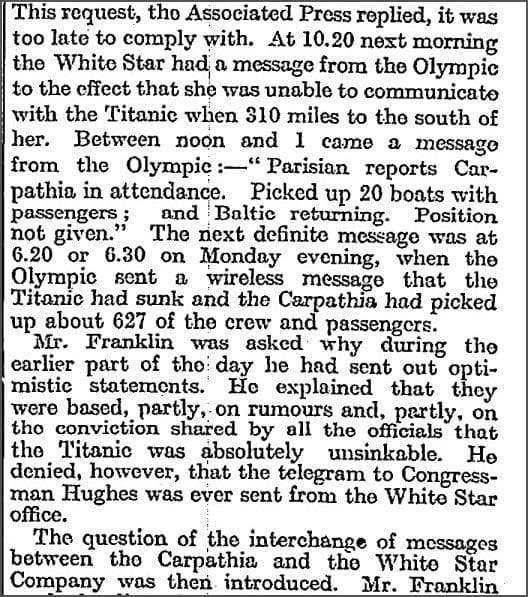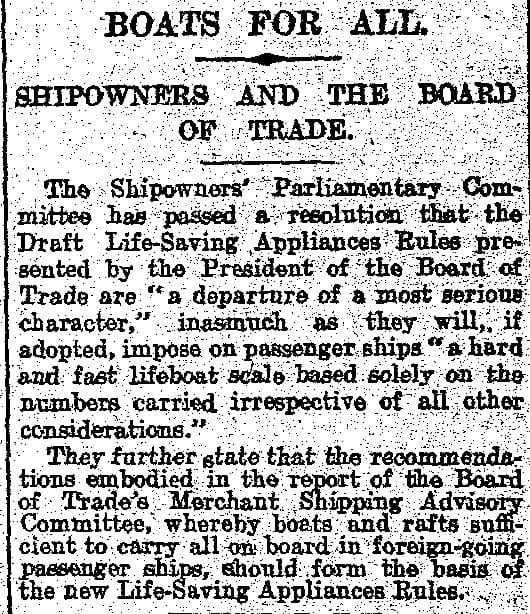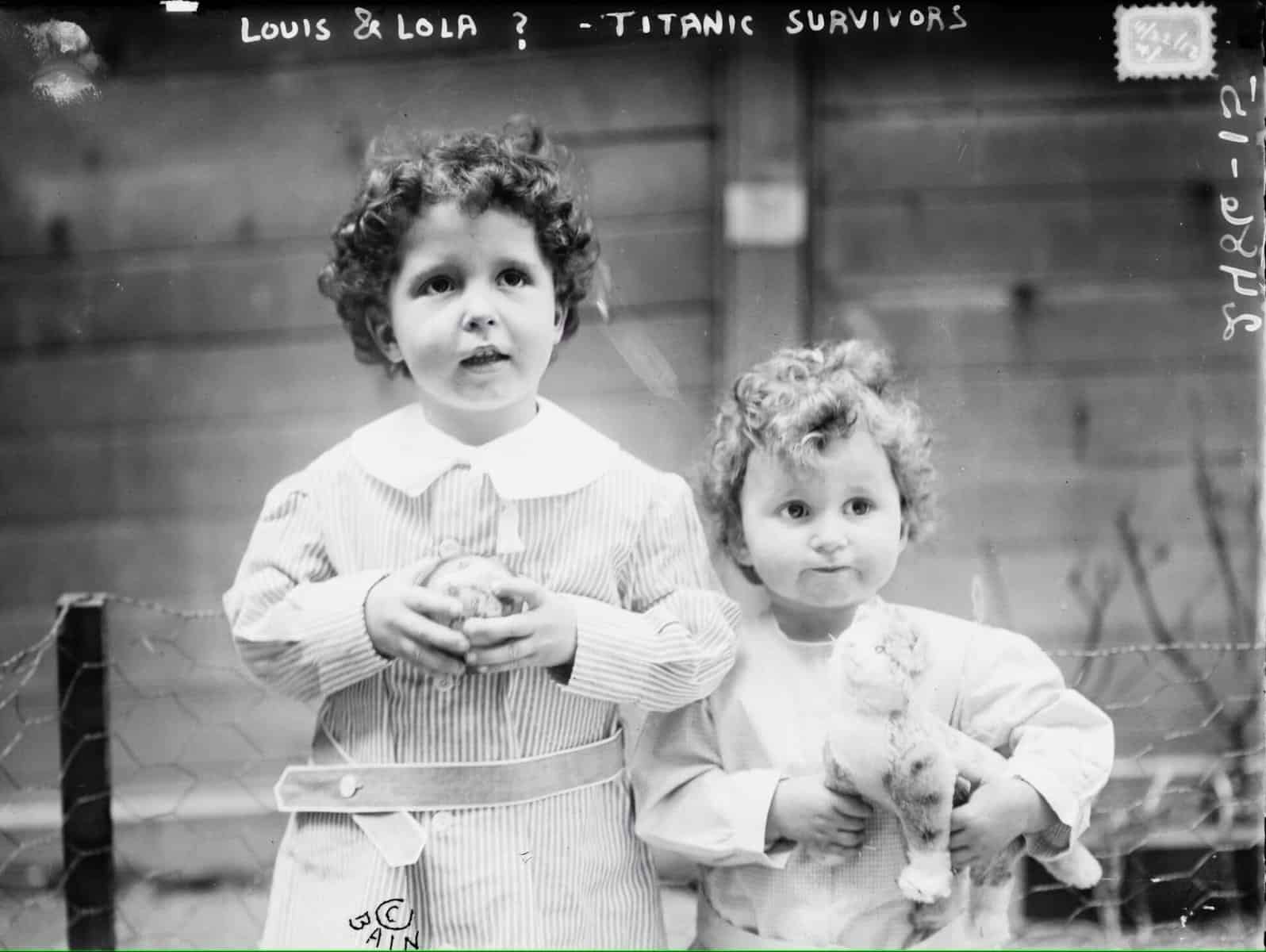│By Yasmin Metto, Gale Ambassador at Queen Mary, University of London│
The Titanic is one of the most famous and prolific ships in the world, inspiring adventures to the depths of where it sunk as well as creating a legacy that has lasted generations. Unfortunately, this can shroud the aftermath of the sinking of the Titanic, which was almost as devastating as the event itself. The sinking of the Titanic marked a multitude of impacts, especially culturally and economically. By using Gale Primary Sources to explore the cultural and economic effects of the Titanic sinking, it becomes evident that all of society was affected by the event.
End of the Edwardian Period
One important cultural impact of the sinking of the Titanic was that it signified the end of the Edwardian period. As we know, the Titanic was sinkable, juxtaposing the commonly held belief that the Titanic was infallible to Mother Nature – rumours that circulated in the public, as many articles from The Times Digital Archive show.
But where did this idea originate from? This narrative stemmed from not only the state-of-the-art technology with new advancements that highlighted the Titanic’s superiority, but also the overconfidence that Edwardian society had. A key feature of the Edwardian era was the British Empire. Contextually, the British Empire colonised many regions of the world, demonstrating itself to be one of the most powerful empires of its time. As a result of this, a boastful attitude was developed.

This was then applied to the Titanic; since the British Empire and, by extension, Edwardian society considered itself to be superior, it was believed that the Titanic was one of the greatest forms of transportation on Earth. When the Titanic sunk, the core foundations of the belief in the British Empire wavered and revealed the weaknesses in it. Therefore, the end of the Edwardian era was underlined by the Titanic.
Improved Lifeboat Supply
Another cultural impact of the sinking of the Titanic was the increased safety on boats. Whilst there were some efficient precautions on the Titanic, like watertight compartments, there was still a lack of safety features on the ship itself. For example, there were insufficient lifeboats for the passengers onboard, many officers did not possess search lights or binoculars, and the scheduled drill was cancelled – all measures that might have changed the Titanic’s fate.
Here, the ‘Shipowners’ Parliamentary Committee’ illustrates the subsequent increase in safety measures:

They demand that lifeboats should be on all ships and that they reflect the number of passengers onboard, enabling for the survival of said passengers and crew.
Ice Patrols
Another change that occurred was the International Ice Patrol, which was founded to detect icebergs in the Atlantic and Arctic Sea in 1914. This was to avoid an incident like the Titanic again.

This article from the Mirror Historical Archive outlines that part of the duties of the International Ice Patrol was to report and track the movements of icebergs, ensuring the safety of ships and the individuals onboard. It seemed to have been beneficial because the International Ice Patrol’s presence continues today. There is an article in March of 1936, labelling the International Ice Patrol as the ‘The Iceberg Navy’.
Further Safety Measures
Lifeboat safety drills were also considered to be mandatory on all ships – the drill that was cancelled on the Titanic on the day that the ship hit the iceberg was a lifeboat safety drill. Furthermore, there were remodifications of ships. One remodification was the double hull, which the British shipping line company White Star Line gave their boats.
The regulation of radio waves was another change that occurred. Radio communication brought issues, especially during the days after the Titanic sunk. Through the radio, there was miscommunication on the survival of the passengers to the media outlets of the UK. Newspapers announced that whilst it was not verified, the passengers were saved, and the Titanic was on its way to Halifax. Due to this, ships have attempted to limit the amount of miscommunication shared, instead verifying before acting. This then contributes to the safety of the ship itself.
Economic Impacts
One economic impact of the Titanic sinking was of the White Star Line company. Not only did White Star Line own the Titanic, but they were also liable for the cost of the ship. This was $7.5 million, which is equivalent to $180 million today. By losing the Titanic, it was the beginning of the end for White Star Line’s bankruptcy. Eventually, they merged with another shipping company in 1933, but they arguably lost their influence and power as an independent shipping company.
Additionally, many survivors of the Titanic were reimbursed by the company. To emphasise the economic blow, White Star Line settled and paid the survivors. The sinking of one ship manifested major economic issues for one company, causing them to lose colossal amounts of money.
In conclusion, the Titanic was a horrific tragedy for the deceased passengers and crew. They endured terrible suffering, traumatising the survivors. However, their memory lives on through the aftermath of the Titanic. This affected many individuals economically, socially, and culturally.
If you enjoyed reading about the cultural and economic impacts of the Titanic sinking, check out these posts:
- The Anniversary of the Sinking of the Titanic – Who Was Bruce Ismay?
- From Yellow Journalism to Internet Echo Chambers – Exploring the History of “Fake News”
- The Only Way is Wessex: Thomas Hardy’s Cultural Impressions
Blog post cover image citation: Image obtained from Unsplash, link to image: French brothers, Titanic survivors photo – Free Titanic Image on Unsplash

